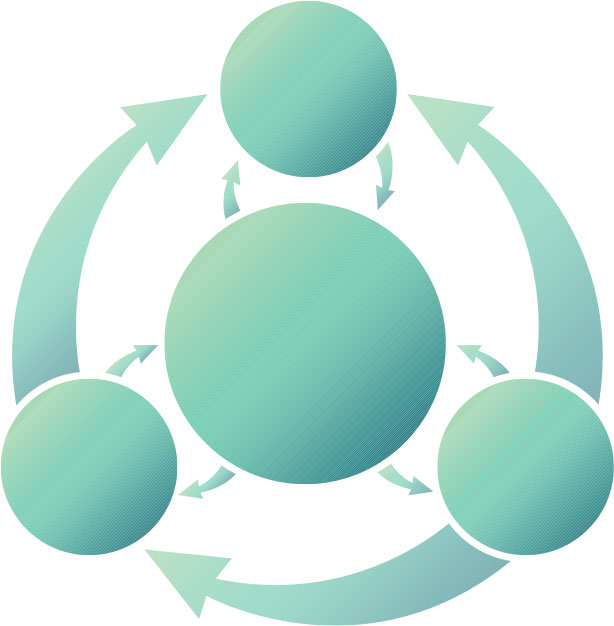Our Science Checklist fits well with a wide range of investigations —developing an Alzheimer’s drug, dissecting the structure of atoms, or probing the neurology of human emotion. Even endeavors far from one’s typical picture of science, like figuring out how best to teach English as a second language or examining the impact of a government deficit on the economy, can be addressed by science.

Disguised as science
However, other human endeavors, which might at first seem like science, are actually not very much like science at all. For example, the Intelligent Design movement promotes the idea that many aspects of life are too complex to have evolved without the intervention of an intelligent cause — assumed by most proponents to be a supernatural being, like God. Promoters of this idea are interested in explaining what we observe in the natural world (the features of living things), which does align well with the aims of science. However, because Intelligent Design relies on the action of an unspecified “intelligent cause,” it is not a testable idea. Furthermore, the movement itself has several other characteristics that reveal it to be non-science, such as not incorporating feedback from the scientific community and not leading to ongoing research.
To take another example, Western astrology aims to explain and predict events on Earth based on the positions of the sun, planets, and constellations. So, like science, astrology focuses on explaining the natural world. However, in many other ways, astrology is not much like science at all. Most notably, it does not rely on evidence or aim to incorporate feedback from the scientific community.

Take a sidetrip
Read more about pseudoscience in these side trips:
